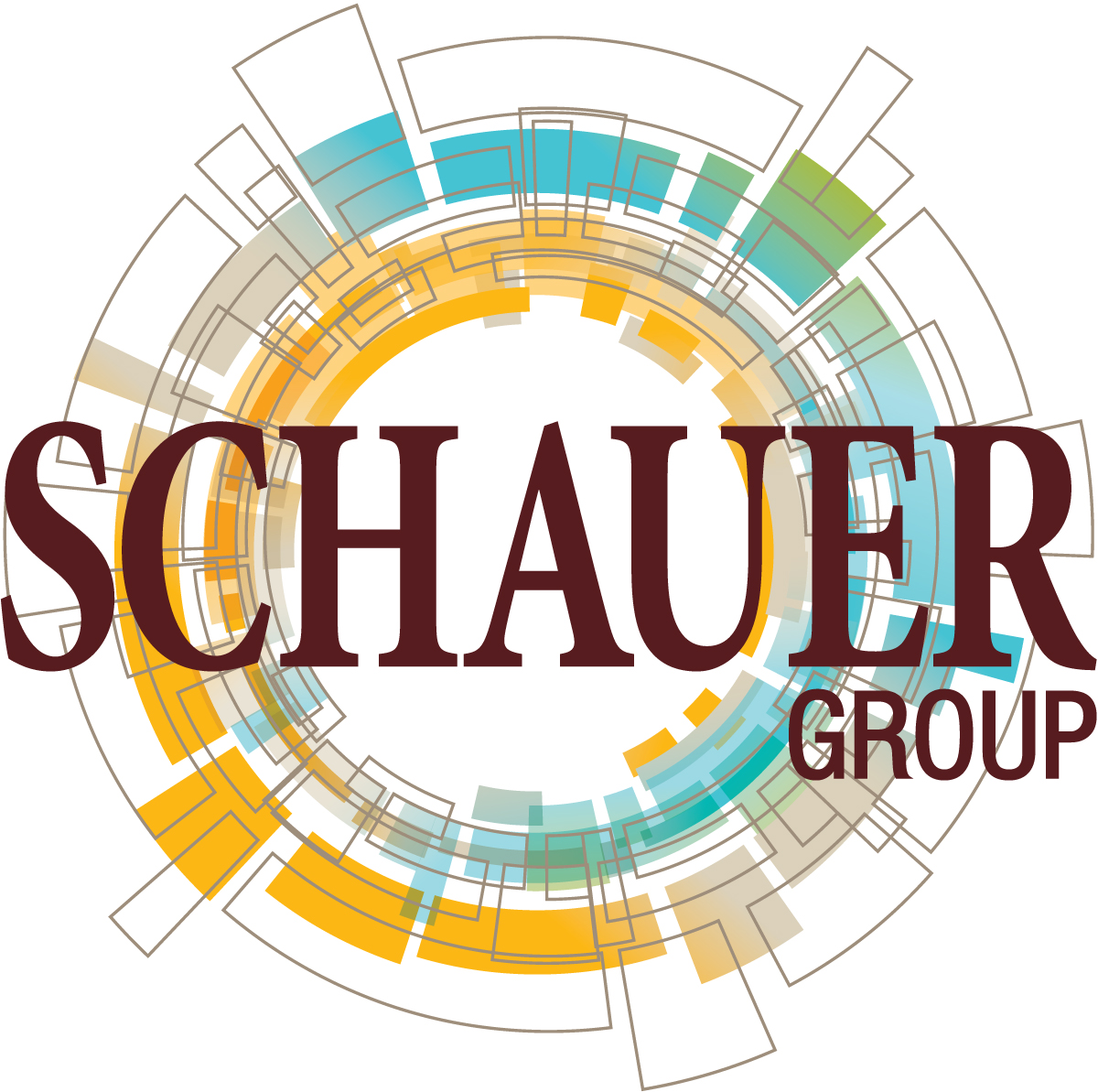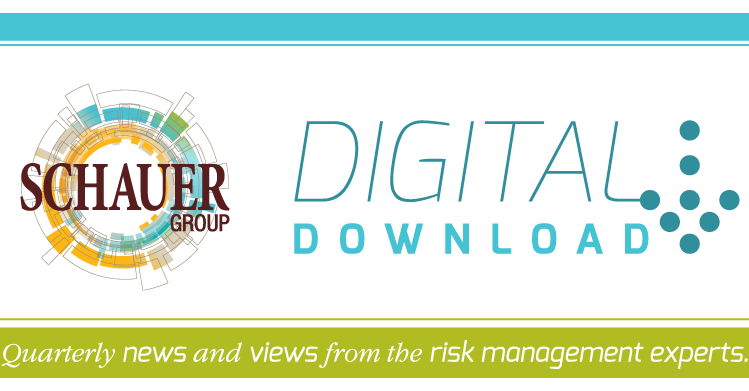Plan design can play a significant role in managing rising health care costs.
Depending on the size, needs and goals of your organization, here are some options the employee benefits team at Schauer Group recommends exploring:
High-Deductible Health Plans (HDHP)
With a High-Deductible Health Plan, employees pay higher deductibles before insurance coverage begins, often in exchange for lower monthly premiums. HDHPs usually are offered in combination with Health Savings Accounts – which allow employees and employers to contribute pre-tax dollars to a fund that can be used to pay for health care expenses. Because premiums typically are lower with HDHPs, they can reduce costs for employers and give them the opportunity to cover a higher percentage of employees’ premiums.
Premium-saver or gap plans
Premium-saver or gap plans are supplemental plans that work in tandem with HDHPs. They enable employers to raise deductibles – to get the benefit of reduced premiums – and then buy back some of the increased out-of-pocket expense for employees. Essentially, premium-saver plans provide additional insurance coverage to help lower costs for employees before they hit their deductibles.
Self-funded plans
With a self-funded plan, the employer – and not an insurance company – pays for employees’ medical expenses directly. As such, self-funded plans work well for large companies with strong balance sheets, especially as month-to-month costs can vary widely based on claims. (These plans often rely on stop-loss insurance to protect the organization from catastrophic claims that exceed a set limit.) Unlike traditional health plans, self-funded plans offer employers the ability to customize health care plans to better meet employee needs, build in cost-saving features, and cut out insurance company profit.
When it comes to prescriptions, self-funded plans give employers the option of carving out specialty medications, including high-cost biologics, and excluding them from being covered by the plan. Instead, employees seeking these name-brand drugs are directed to use manufacturers’ coupons instead – which can be significantly cheaper compared to what the insurance copay on the drug would be. But while carveouts can save companies money, they also require more upfront employee education.
Level-funded plans
Level-funded plans are a hybrid of traditional health plans and self-funded plans, where employers pay a fixed monthly fee to cover claims and plan administration. When the plan year concludes, if claims costs exceeded the maximum amount set for the year, the plan covers the extra cost. If claims costs were lower than expected, the employer might receive a refund. Level-funded plans work well for employers that are interested in moving toward a self-insured plan or that are looking for more cost predictability.
Captives
Captives are an alternative to a self-funded plan where a group of employers establishes their own licensed insurance company. The primary benefits of a captive come from pooling resources – risks are spread across the group, instead of one company, and the larger size of the group can help leverage pricing discounts.
Group Coverage Health Reimbursement Arrangement (HRA)
A group coverage health reimbursement arrangement acts as a supplement to a traditional group health plan – it allows an employer to reimburse employees for medical expenses the health plan doesn’t cover. As such, an HRA is often paired with a HDHP to help lower employee out-of-pocket costs. With an HRA, reimbursement amounts can be customized across different types of jobs (for example, salaried vs. hourly), affording additional flexibility in the plan.
Individual Coverage Health Reimbursement Arrangement (ICHRA)
Instead of offering a group health plan, employers provide employees a tax-free reimbursement for qualified medical expenses – which allows employees to purchase their own individual health care plans. Since the employer decides what the monthly reimbursable amount for each employee will be, ICHRAs remove budgeting unpredictability and give employers more control over their annual health care spend. And for employees, ICHRAs offer the opportunity to pick the health care plan that best meets their individual needs and budget.
Qualified Small Employer Health Reimbursement Arrangement (QSEHRA)
A QSEHRA works like an ICHRA but for employers with fewer than 50 full-time equivalent employees. Unlike an ICHRA, with a QSEHRA, there’s a maximum reimbursement limit – in 2025, it was $6,350 for individuals and $12,800 for families.
Managed formularies (as a component of an employer-sponsored health plan)
Prescriptions continue to be a major driver of employer health care spending, but a managed formulary can help contain costs within an employer-sponsored health plan. This prescription plan design limits the number of drugs covered by the health insurance plan and requires employees to try other, less expensive drugs first or receive special approval to gain access to a more high-cost, specialty drug.
If you’d like help deciding what group health care plan will work best for your organization, you can get in touch with our employee benefits team here or reach out to your Schauer Group advisor.
About Schauer Group
Schauer Group is an independent risk management and insurance advisory firm dedicated to helping people, companies and communities thrive. The firm’s team of insurance professionals works with clients across the country and across a variety of industries, offering expert risk management consulting and customized commercial insurance, employee benefits, personal risk and corporate surety solutions. With offices throughout Northeast Ohio, Schauer Group is committed to attracting and developing the region’s top talent and investing in the communities where associates live and work.
Note: This communication is for informational purposes only. It is not intended to be construed as legal or financial advice and should not be relied on as such. No material contained within this website should be construed or relied upon as providing recommendations in relation to any specific legal, financial, investment, or insurance product. Before making any commitment of a legal, financial, investment, or insurance nature, you should seek advice from a qualified and registered practitioner or advisor who can appraise your specific needs. Schauer Group, Inc. disclaims any and all liabilities incurred as a result of reliance upon the information presented herein.
SOURCES
- Exploring coverage options for small businesses | HealthCare.gov
- HRAs 101: Guide to health reimbursement arrangements (HRAs) | PeopleKeep
- ICHRA vs. QSEHRA: How do they compare? | PeopleKeep
- High-deductible health plan | Healthinsurance.org
- How does a health savings account (HSA) work? | Healthinsurance.org
- High Deductible Health Plans and How to Use Them | Premium $aver Group Supplemental Insurance
- Self-insured health plan | Healthinsurance.org
- What is a level-funded health plan? 4 ways it may help contain costs | UnitedHealthcare
- Apex Alternative Funding Captive. Is it right for you? | APEX Health Solutions







